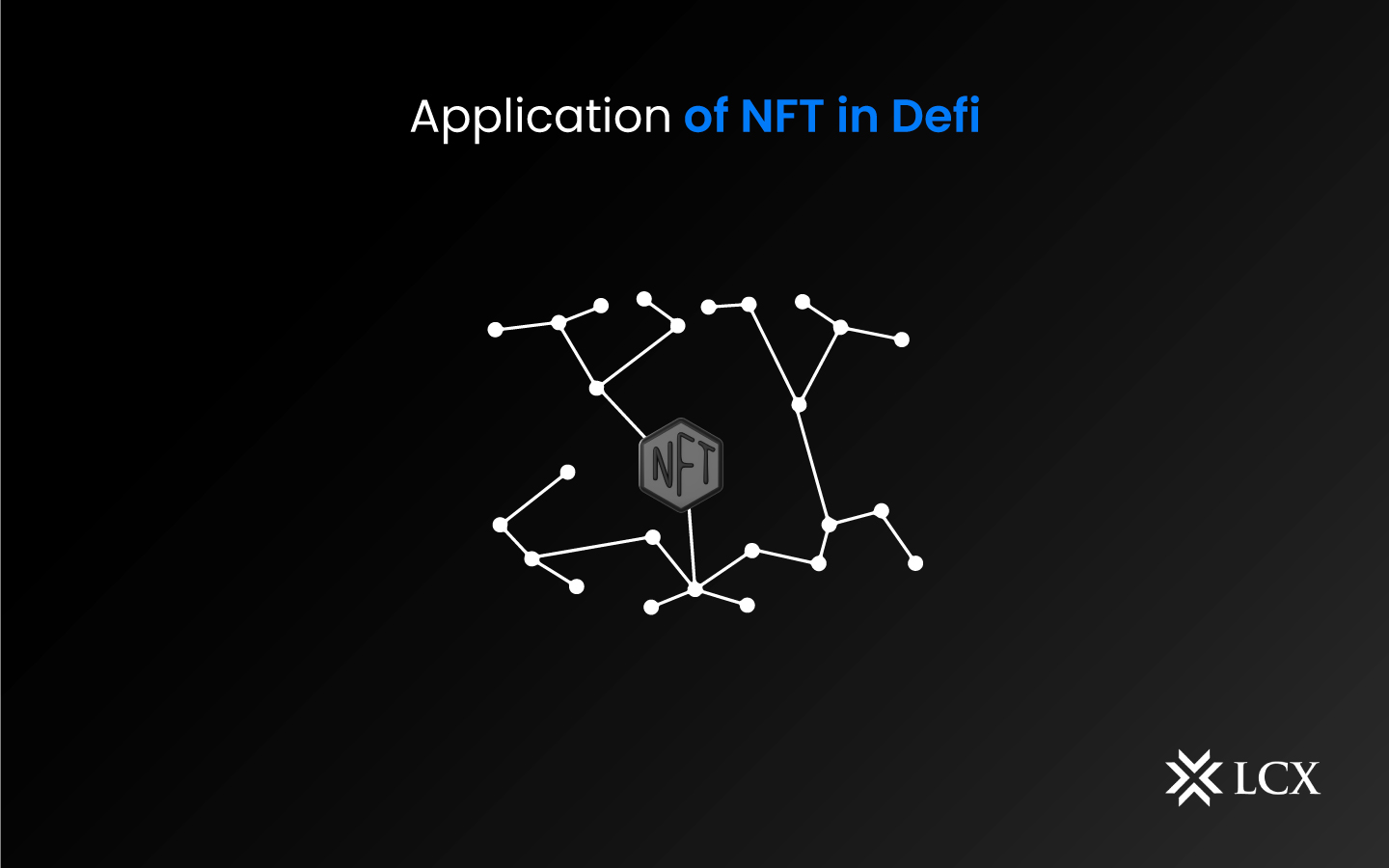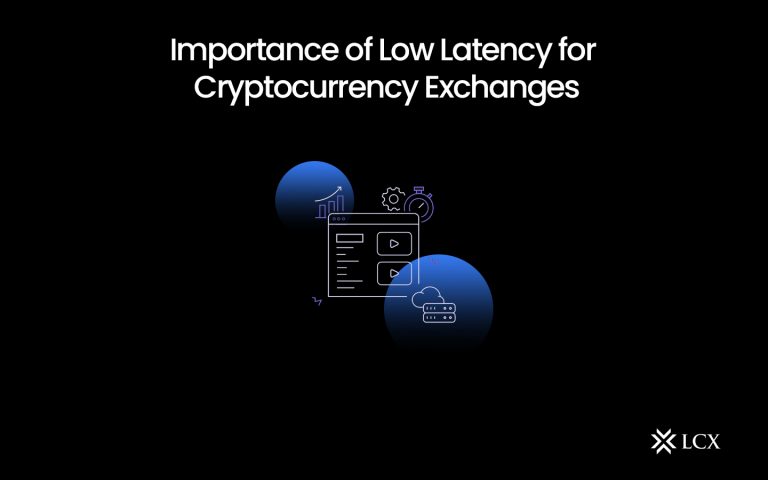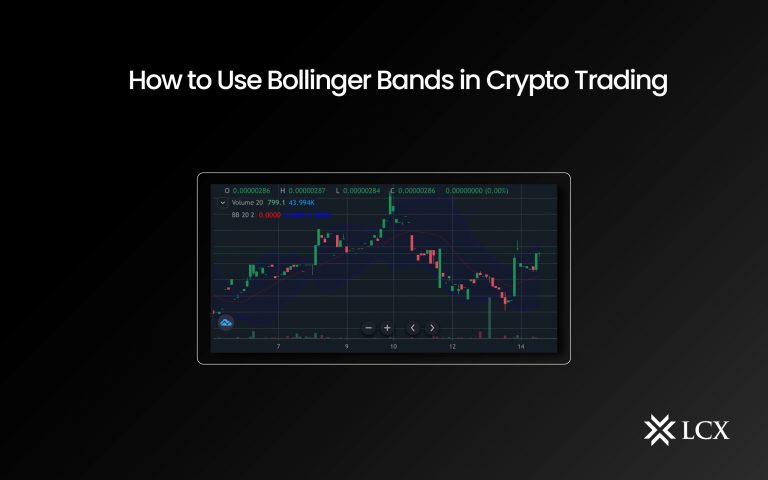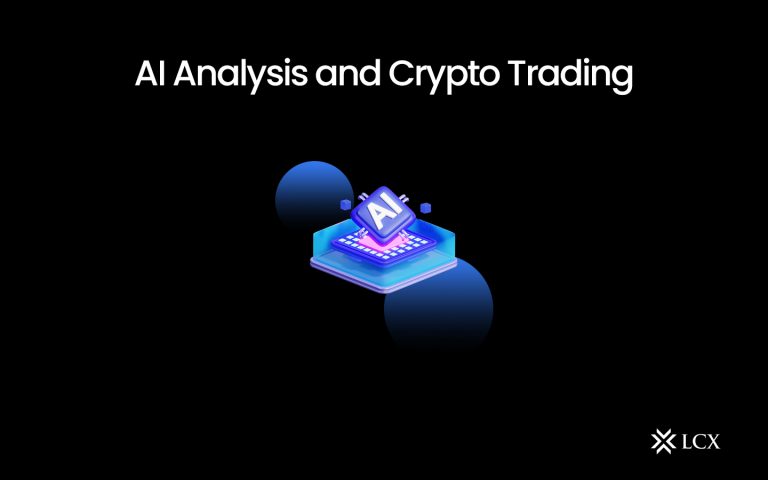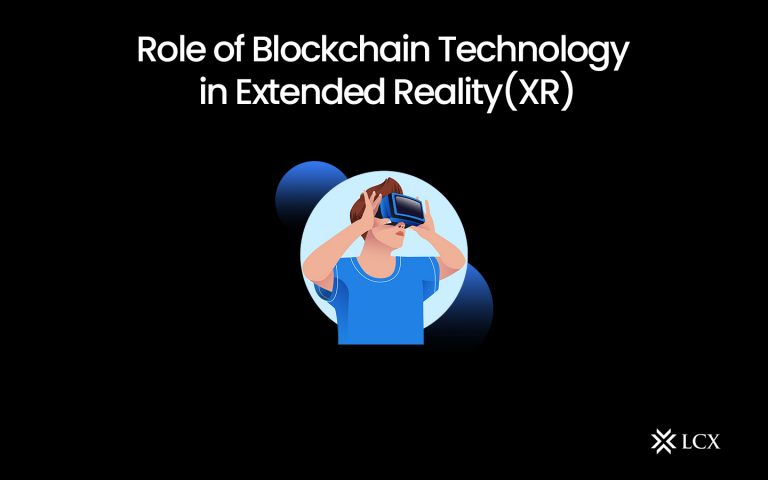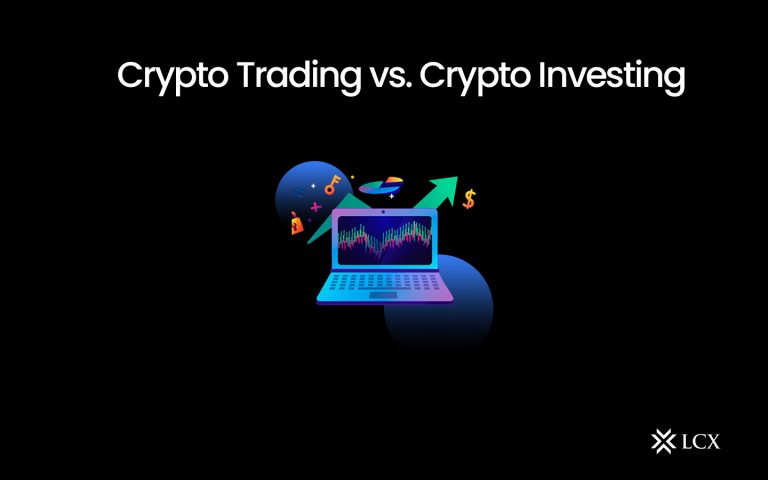The emergence of Bitcoin and the blockchain has had an influential effect on technology, and its implications for multiple industries have been significant. NFTs and decentralized finance (DeFi) are the two uses of blockchain that have garnered the most interest. Unique digital coins have already made their mark on both the blockchain community and the general public. Mainly for usage in artwork and collectibles. NFTs are currently geared up to reinvent and replace one of the biggest sectors: finance.
DeFi mechanisms are integrating with non-fungible tokens to provide breakthrough financial services to customers. Included among them are loans, liquidity supply, and insurance. Moreover, they can be utilized for stakeholder incentives, governance voting, and decentralized lending/borrowing platforms. The formation of a whole new world of NFT-based DeFi apps is made possible by combining virtual tokens with DeFi protocols.
How Do NFTs Sustain Value and Integrate With DeFi?
NFTs have traditionally been associated with art and valuable items. Moreover, this does not prohibit them from storing value in other ways. Bitcoin, for instance, gains value from its various applications.
In a blockchain, NFTs offer a comprehensive answer for creating actual digital legitimacy. Regarding money and investments, there are numerous distinct assets that offer value. Real estate and certificates of possession are examples.
How will NFTs facilitate DeFi?
Putting these investments on-chain as digital tokens can help sustain the benefits of DeFi’s decentralization, which provides a structure and reliable means of connecting with others.
For instance, the typical market for pollution consists primarily of traders, exchanges, and over-the-counter transactions. Each permit authorizes a specified amount of pollution, and licenses with unused allocations may be sold to other companies.
A blockchain-based system for the sale of such licenses would produce a fair market that assists buyers and sellers in finding the most suitable offers. While pollution permits are all distinct, they provide a compelling use case for tokenization as NFTs.
NFT’s Significance to DeFi.
DeFi applications for NFTs have significant untapped potential, yet they are already in use in the DeFi market.
Solution to the collateralization issue
In the art world, a problem with price volatility is a serious flaw. Here, everything is uncertain.
Assume a picture is worth $1 million, but it has no value until someone is ready to purchase it. In this instance, DeFi and NFTs collaborate to address the problem. The operations may include the search for methods to use NFT collectibles and art as collateral for DeFi lending. Considering conventional arts have been utilized as security in the real world since the early stages, it seems logical to extend this practice to the cryptocurrency industry and NFT art.
By using tokenization to these NFTs, it also contributes to overcoming liquidity problems in DeFi. Tokenization accelerates the preparation of an asset’s worth. For instance, a work of art that can be easily traded.
Ownership of NFTs and DeFi
In the music industry, the adoption of Defi platforms embedded with NFTs represents a revolution for musicians. NFT facilitates ownership rights and earnings for the original creators in a substantial way. Individuals who hold the NFTs will receive a proportionate percentage of the songs’ streaming revenue. Keeping verifiable income through an NFT also acts as a successful form of collateral and can open the door to under-collateralized loans. This facility is presently inaccessible in the DeFi-only area. Thus, the existence of NFT is advantageous for Defi space.
The commercialization of creative works via NFTs will continue to occupy a significant portion of the NFT market. But, it will likely take the form of licensing, ownership of copyright, and royalty sharing.
Fixing the curve model issue
The manner in which NFT and DeFi collaborate to overcome the curve model issue is another famous instance where NFT ownership plays a crucial role in the DeFi space. One of the upgraded Defi Protocol versions that incorporated the curve model for liquidity pools. The model of the curve was designed to distribute liquidity across the entire curve, so a substantial accumulation of liquidity did not result in payouts to providers.
With the support of the NFT space, they implemented a tool for liquidity providers to analyze their capital based on their chosen custom pricing sizes. This increases their exposure to required assets while decreasing their negative risk.
Conclusion
NFTs represent cryptographic tokens that are deemed valuable because of their security and demand. By combining decentralized financial assets, these tokens can be used to develop specialized financial services. In-game currencies, investments, or liquidity mining are examples of application cases for this type of technological innovation. Furthermore, the functions that NFTs can play in DeFi space are limitless. There is still more to learn about the fascinating projects that are forthcoming.
Until you understand that NFTs can have value beyond their usual application in artwork and other collectibles, you will only begin to recognize their tremendous potential. DeFi and NFTs are both extremely new technologies with an incredibly long way to go.
